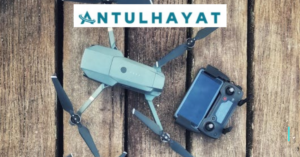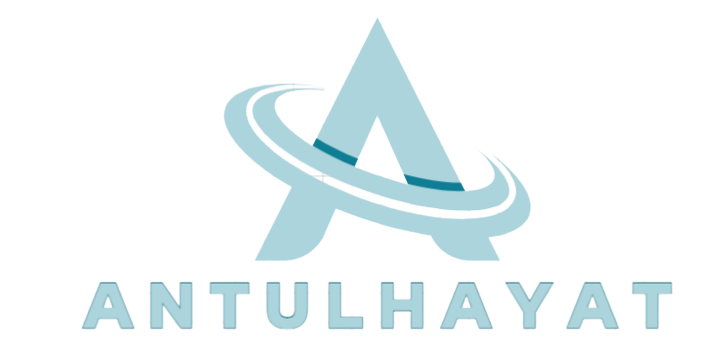Advances in technology, the new machine can be much smarter than before and do more in less time and better than ever. Because of PID controllers, it has a steady and smooth operation in the machines.
If there is already a room for improvement in robots which never drop, so as the cars that stop smoothly all times, this is how it sounds like crossing technology in PID controllers.
Cross technology interlaces some sections of the PID controller so that persons could avail themselves of the efficiency and precision of the machines. This system works inside robots, automobiles, and even factories.
What is a PID Controller?
In a system, a PID controller acts like its brain. It usually checks the machine’s performance. If it doesn’t get the expected output from its work, it will say to the machine to remedy itself. There are basically three components of the PID controller:

- Proportional: It informs the machine about its relative distance from its set point.
- Integral: It keeps track of how long the machine has been throughout its process.
- Derivative: It forecasts the future state of the machine.
- For instance: If you are going to pour water into a glass, a PID controller will switch off the water before it gets out of the glass.
Crossing Technology: What Does It Mean?
Crossing technology is so clever. It tells and makes the PID work faster. It unifies the P, I, and D segments to make the machine faster in adjustments. Like teamwork, each works with the other. The different parts get all the information and decide what to do.
With crossing technology, machines could come up with real-time solutions to problems. They react faster and are more stable.
Benefits of Crossing Technology in PID Controllers
Crossing technology is good for many things. The following are:
- Speed: Mending errors faster with machines.
- Accuracy: Remaining at the goal.
- Smoothness: Movements are steady, not distorted.
- Energy: Machines do not overwork.
For example robots picking up items: PID controllers facilitate this kind of crossing technology. The robot picks the items without dropping them.
Applications of PID Controllers with Crossing Technology
These are PID controllers having crossed technologies almost everywhere. They are useful in places like:

- Factories: Machines making things like clothes or cars use PID controllers for smooth operation.
- Robots: These are actually used for walking, moving arms, balancing robots.
- Cars: Speed control in a car is maintained by a PID controller for cruise control.
Another example is in planes. The PID controller makes the airplane fly level and crossing technology makes adjustments fast.
Challenges and Solutions
Not everything is utopian, from time to time the troubles can hit across technology. One big trouble is to get it tuned because it takes time for PID tuning. The engineers have to test and test them again. Sometimes the machines are so quick that they become unstable. In such cases, controls are slowed down at some part. The other issue is an expensive PID controller which has crossing technology. They pay back the cost over time.

There are bound to be troubles faced or hit across technologies. Tuning it is the main problem. PID tuning takes time for establishing a good controller. The engineers should test and retest it. Sometimes, the machines go so fast that unstable control occurs. In such situations, it slows down at certain points. Well, apart from it, an expensive PID controller has crossing technology. However, over a time period, they pay back their costs.
The Future of Crossing Technology in PID Controllers
There is bright futre ahead. Machines are going to be more intelligent than they have been ever before. PID controllers will learn and adapt on their own. Coming better sensors and faster chips will make crossing technology still better. More industries will leverage this. It means safer machines, smoother cars, and better robots.
Engineers have still been sweating more to make these systems cheaper and faster.
Frequently Asked Questions
What a PID controller is?
The PID controller is an instrument for facilitating the control of machines to stabilize them and bring them to the desired target by manipulating errors rapidly.
How does crossing technology work in PID controllers?
Crossing technology makes PID controllers highly synchronized and collaborative-such that parts are interconnected-which become faster and more accurate.
Where are PID controllers with crossing technology applied?
Usage is found in robots, cars, aircraft, and manufacturing companies for functioning machines in a very smooth way and to an extent for efficiency in the operations.
What are the benefits of crossing technology?
It serves to improve speed, accuracy, smoothness, and energy saving in the operations of machines.
What is on the horizon for crossing technology regarding PID controllers?
The future envisages systems that will be smarter, faster, but lower cost; systems that can self-tune themselves to changing conditions in real time.
Click Here For More Information
Conclusion
PID controllers are meant for machines. Being great with crossing technology automates these controllers differently and faster. These combinations save times, money, and energy. It is present in almost everything-from robots to cars.
The best machines use crossing technology with PID controllers. It is the future of smooth and steady machines.


